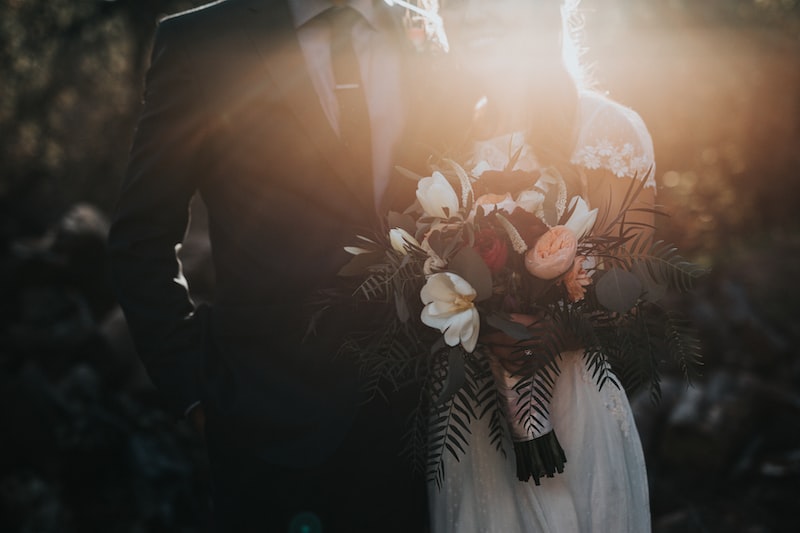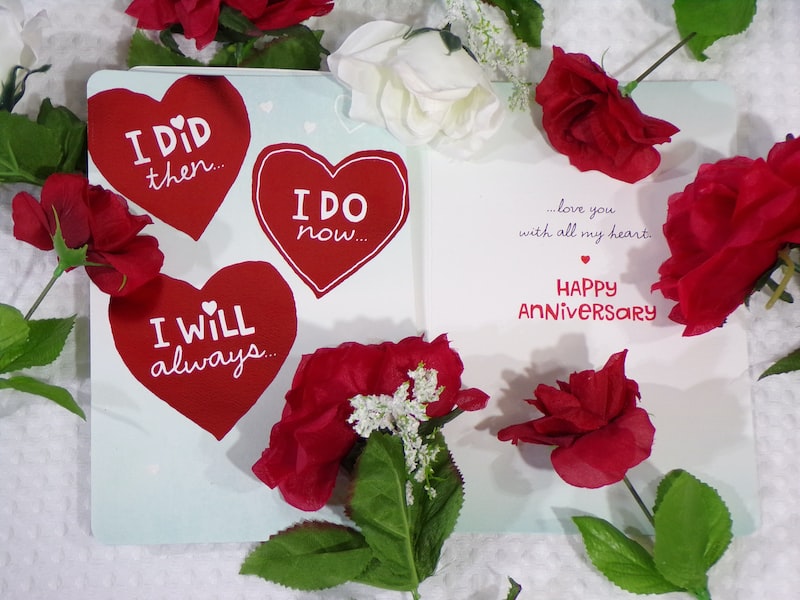Table of Contents
Raise a glass and let’s embark on a journey through history, exploring the elegant evolution of the Champagne coupe. This iconic glassware has witnessed countless celebrations and moments of joy over the years. From its inception to its enduring allure, the champagne coupe is truly a symbol of sophistication.
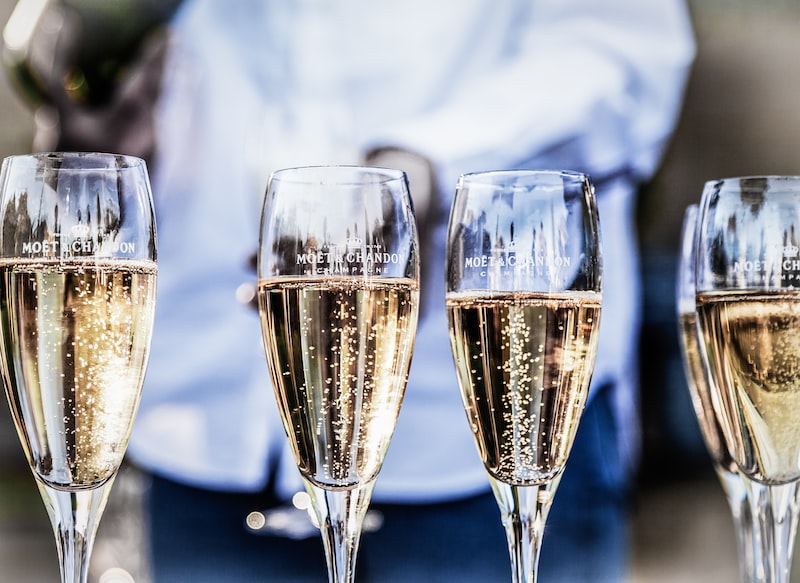
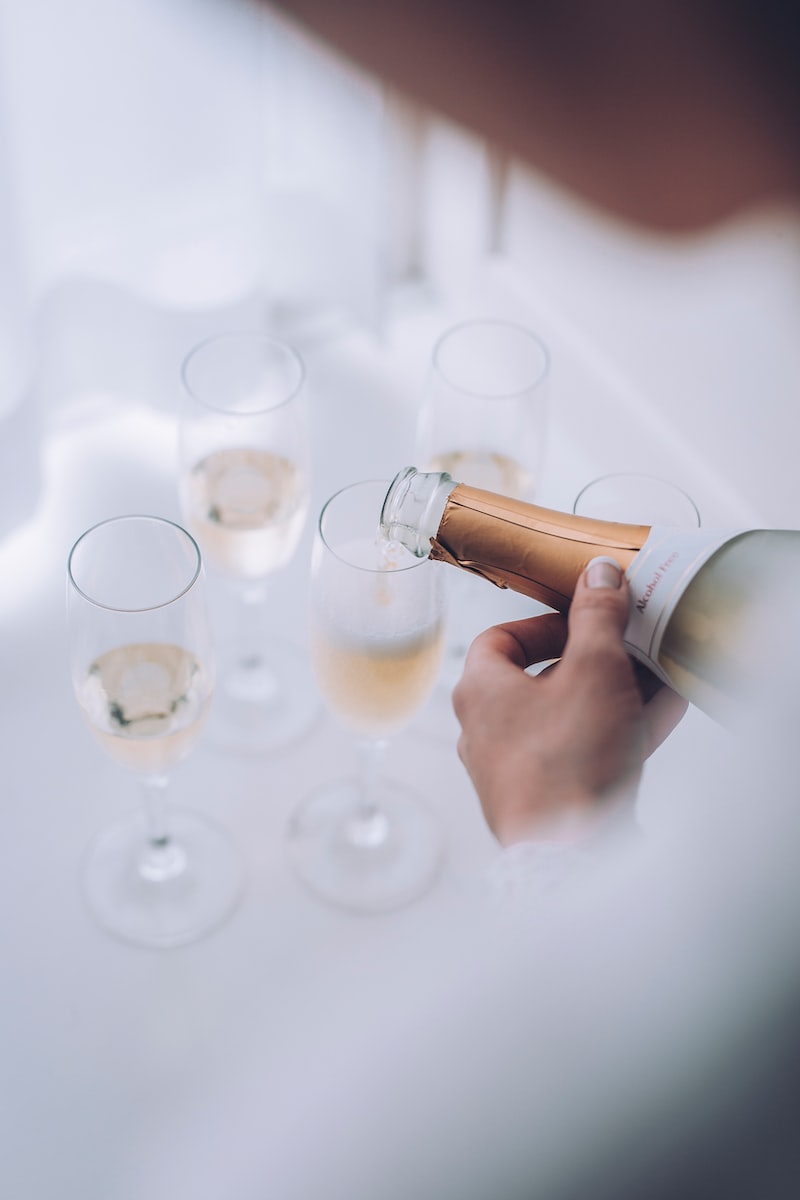
Imagine yourself transported to the glamorous days of the 17th century, where France’s royal court first embraced sparkling wine. At that time, glasses with shallow bowls were the preferred vessel for imbibing this effervescent elixir. These early prototypes laid the foundation for what would later become the classic champagne coupe.
Fast forward to the Jazz Age of the 1920s, an era known for its exuberance and revelry. The champagne coupe became synonymous with elegance and luxury, gracing the hands of flappers and socialites alike. Its wide, saucer-like shape allowed the bubbles to cascade gracefully, creating a mesmerizing display that added to the overall sense of celebration.
However, as time went on, the champagne flute rose in popularity, gradually overshadowing the coupe. With its elongated shape and narrow opening, the flute was believed to preserve the bubbles and enhance the aromatic experience. It became the go-to choice for champagne enthusiasts around the world.
But like all things in history, trends come full circle. The champagne coupe has experienced a resurgence in recent years, reclaiming its rightful place in the spotlight. Its retro charm and unique aesthetic have endeared it to a new generation of champagne lovers who appreciate the vintage allure it brings to any occasion.
Today, the champagne coupe stands as a testament to the enduring beauty of tradition. Whether you’re hosting a lavish wedding reception or enjoying an intimate anniversary dinner, sipping from a coupe evokes a sense of timeless elegance. It’s a symbol of celebration, a vessel that captures the essence of joy and togetherness.
So, the next time you raise a glass of champagne to celebrate life’s milestones, take a moment to appreciate the history and artistry embodied within the coupe. Let its delicate curves and sparkling contents transport you to an era of opulence and grandeur. Cheers to the champagne coupe and the memories it continues to
create!From Marie Antoinette to Jay Gatsby: Tracing the Glamorous Legacy of the Champagne Coupe
Picture the opulence and decadence of a bygone era, where champagne flowed freely, and socialites reveled in the glitz and glamour of the elite. At the center of this extravagant world stood the iconic Champagne Coupe, a timeless symbol of sophistication and refinement. From Marie Antoinette’s lavish soirées to Jay Gatsby’s legendary parties, the Champagne Coupe has left an indelible mark on history.
The Champagne Coupe, also known as the champagne saucer or champagne glass, first gained popularity in the 18th century. Its shallow, wide bowl and delicate stem exuded an air of elegance, making it the vessel of choice for aristocrats and nobles. Marie Antoinette, the epitome of French royalty, was often portrayed holding a champagne coupe, further solidifying its association with luxury.
Fast forward to the Roaring Twenties, and the Champagne Coupe experienced a resurgence in popularity. This era, immortalized by F. Scott Fitzgerald’s novel “The Great Gatsby,” epitomized excess and indulgence. Jay Gatsby, the enigmatic protagonist, hosted extravagant parties where the Champagne Coupe reigned supreme. The sparkling effervescence of champagne cascading over the coupe’s rim became emblematic of the era’s unbridled extravagance.
Beyond its aesthetic allure, the Champagne Coupe had functional limitations. Its shallow bowl allowed the bubbles to dissipate quickly, diminishing the effervescence and altering the taste of the champagne. As a result, the flute, with its slender shape and tall body, emerged as a more practical alternative for preserving the drink’s carbonation.
In recent years, however, there has been a resurgence of interest in the Champagne Coupe. Its vintage charm and unique shape have captured the imagination of modern cocktail enthusiasts and design aficionados. While the flute may be favored for its utility, the Coupe brings a touch of old-world charm to any occasion. It adds a sense of nostalgia and sophistication, transporting us back to an era when champagne was synonymous with celebration and grandeur.
Whether you choose the elegance of the Champagne Coupe or the practicality of the flute, one thing is certain: the legacy of this iconic glassware endures. From the lavish courts of Marie Antoinette to the extravagant parties of Jay Gatsby, the Champagne Coupe remains a symbol of glamour, evoking a time when every sip of champagne was a moment of pure indulgence.
The Rise and Fall of the Champagne Coupe: How a Classic Glass Shape Captured Hearts and Then Faded Away
The champagne coupe, with its classic and elegant shape, once reigned supreme as the vessel of choice for champagne enthusiasts. Its shallow, wide bowl and delicate stem exuded a sense of sophistication and glamour, adding to the allure of the bubbly beverage it held. But like all trends, the rise and fall of the champagne coupe tells a fascinating story of changing tastes and evolving preferences.
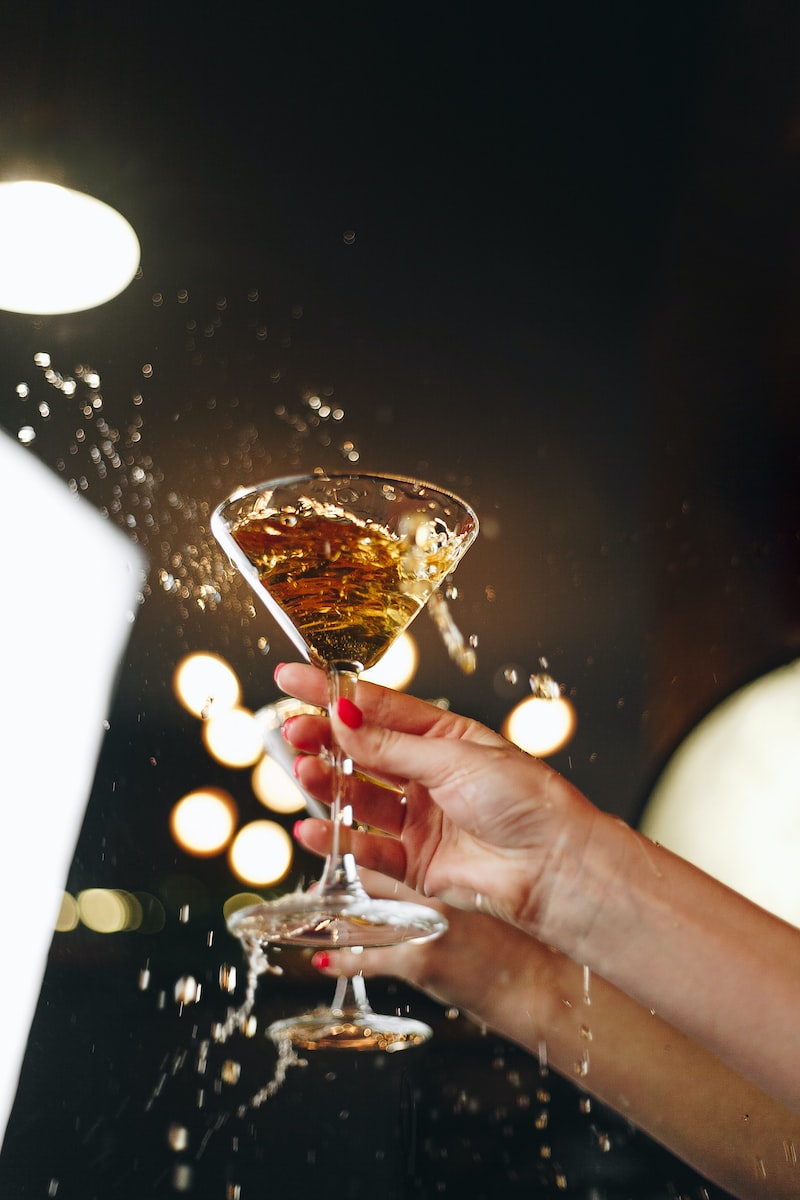
In its heyday, the champagne coupe captured hearts with its unique design. It was the epitome of luxury, a symbol of celebration and indulgence. Hollywood’s golden era embraced the coupe, as glamorous movie stars raised their glasses in iconic scenes, creating a lasting image of elegance. The coupe became synonymous with sophisticated parties and high-society gatherings, leaving an indelible mark on popular culture.
However, as time went on, the champagne flute emerged as a strong contender to the coupe’s throne. With its slender, elongated shape, the flute offered a more practical solution. Its design preserved the carbonation and minimized the loss of bubbles, enhancing the drinking experience. People began to appreciate the flute’s ability to showcase the effervescence and aroma of the champagne, which the coupe fell short of achieving.
Furthermore, the coupe’s wide surface area exposed the champagne to excessive air, causing it to lose its effervescence quickly. This flaw hindered the enjoyment of the drink, as the bubbles are integral to the overall experience. As a result, the flute’s functionality and ability to enhance the champagne’s characteristics gradually overshadowed the coupe’s aesthetic appeal.
Today, the coupe has become a relic of the past, often relegated to vintage-themed events or nostalgic nods to a bygone era. While it still maintains a certain charm and holds sentimental value, it no longer dominates the world of champagne consumption. The flute, with its practicality and ability to enhance the drinking experience, has firmly established itself as the glass of choice for champagne enthusiasts around the globe.
The rise and fall of the champagne coupe is a testament to the ever-changing preferences of consumers. As tastes evolve, so do the objects of desire. The coupe’s allure may have faded away, but its legacy as an icon of elegance endures, serving as a reminder of the rich and fascinating history behind the glasses we raise in celebration.
Lost in Time: Uncovering the Forgotten Secrets Behind the Champagne Coupe’s Design
Do you know the intriguing story behind the design of the Champagne Coupe? This elegant glass, also known as a champagne saucer or champagne coupe, holds a captivating history that has been almost forgotten over time. Let’s dive into the secrets and mysteries surrounding this timeless drinkware.
Imagine yourself transported back to the early 20th century, a time when the Champagne Coupe reigned supreme at glamorous parties and social gatherings. Its shallow, wide bowl and delicate stem were designed to showcase the effervescence and bubbles of champagne. However, contrary to popular belief, the Champagne Coupe was not born out of solely aesthetic considerations.
Legend has it that the distinctive shape of the Champagne Coupe was inspired by the left breast of Marie Antoinette, the iconic queen of France. The renowned French glassmaker, Claude-Ignace Bonnet, allegedly molded the glass to mimic the shape of her bosom. This scandalous origin story added allure and intrigue to the glass, making it a desirable symbol of luxury and refinement.
But as time went on, the Champagne Coupe’s reign began to wane. Champagne connoisseurs discovered that the broad surface area of the glass allowed the bubbles to dissipate quickly, resulting in a loss of the champagne’s prized effervescence. Additionally, the wide rim exposed the drink to excessive air, altering its flavor profile. These factors led to the rise of the flute glass, which preserved the bubbles and enhanced the tasting experience.
For decades, the Champagne Coupe was consigned to history, gathering dust in antique shops and forgotten corners. However, in recent years, there has been a resurgence of interest in vintage glassware. Champagne enthusiasts have rediscovered the charm and elegance of the Coupe, appreciating its connection to a bygone era of opulence and romance.
Today, the Champagne Coupe is celebrated for its unique aesthetic appeal. It evokes a sense of nostalgia and provides an alternative experience for those seeking a departure from the traditional flute. Whether you prefer the classic flute or the alluring Coupe, one thing is certain: the design of the Champagne Coupe holds a captivating tale that continues to amaze and enchant us.
As we raise our glasses to toast life’s special moments, let us remember the forgotten secrets and stories behind the Champagne Coupe, a timeless symbol of indulgence and celebration. Cheers to lost treasures and the mysteries that endure through time!
Reviving Elegance: The Modern Renaissance of the Champagne Coupe in Cocktail Culture
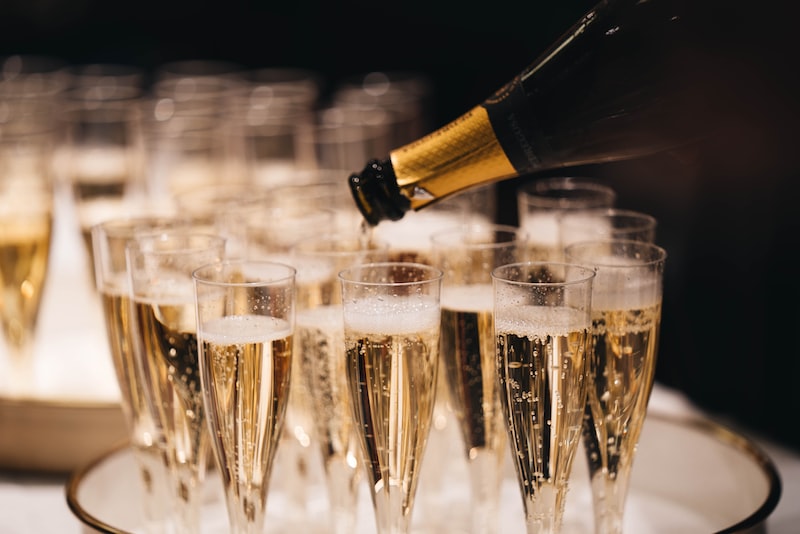
Have you ever wondered about the origins of the champagne coupe? This iconic glass, with its shallow, wide bowl atop a delicate stem, is making a comeback in cocktail culture, bringing back a touch of elegance and sophistication. While the flute has dominated the champagne scene for years, the coupe is now reclaiming its rightful place at the center of attention.
Imagine yourself holding a champagne coupe, its weight perfectly balanced in your hand. As you take a sip, the bubbles gently tickle your nose, and the aroma fills the air around you. It’s an experience that transports you to a bygone era, evoking images of glamorous parties and classic Hollywood movies. The champagne coupe embodies an undeniable charm, capturing the imagination and captivating the hearts of cocktail enthusiasts worldwide.
The resurgence of the champagne coupe can be attributed to its unique aesthetic appeal. Its wide bowl allows the champagne to breathe, enhancing the flavors and aromas as they dance on your palate. The elegant stem adds a graceful touch, elevating the drinking experience and making every sip feel special. In a world where presentation matters, the coupe stands out as a symbol of refinement and taste.
But it’s not just about looks. The design of the coupe also affects the way we perceive the taste of champagne. The wider surface area of the bowl allows for a greater release of carbonation, resulting in a softer and more rounded flavor profile. The flute, on the other hand, concentrates the bubbles, intensifying the effervescence but potentially masking some of the subtleties of the wine. With the coupe, you can truly appreciate the nuanced flavors and delicate nuances of your favorite bubbly.
As mixology continues to evolve, bartenders are embracing the champagne coupe as a versatile tool in their craft. Its shape lends itself well to a variety of cocktails beyond champagne, creating new possibilities for creative concoctions. From classic cocktails like the Martini to modern variations, the coupe adds an element of sophistication and style to any drink.
the revival of the champagne coupe in cocktail culture is a testament to its timeless appeal and undeniable charm. Its elegant design, combined with its ability to enhance the drinking experience, has made it a favorite among cocktail enthusiasts and bartenders alike. So, the next time you raise a glass, consider reaching for a champagne coupe and embark on a journey of elegance and refinement. Cheers!


